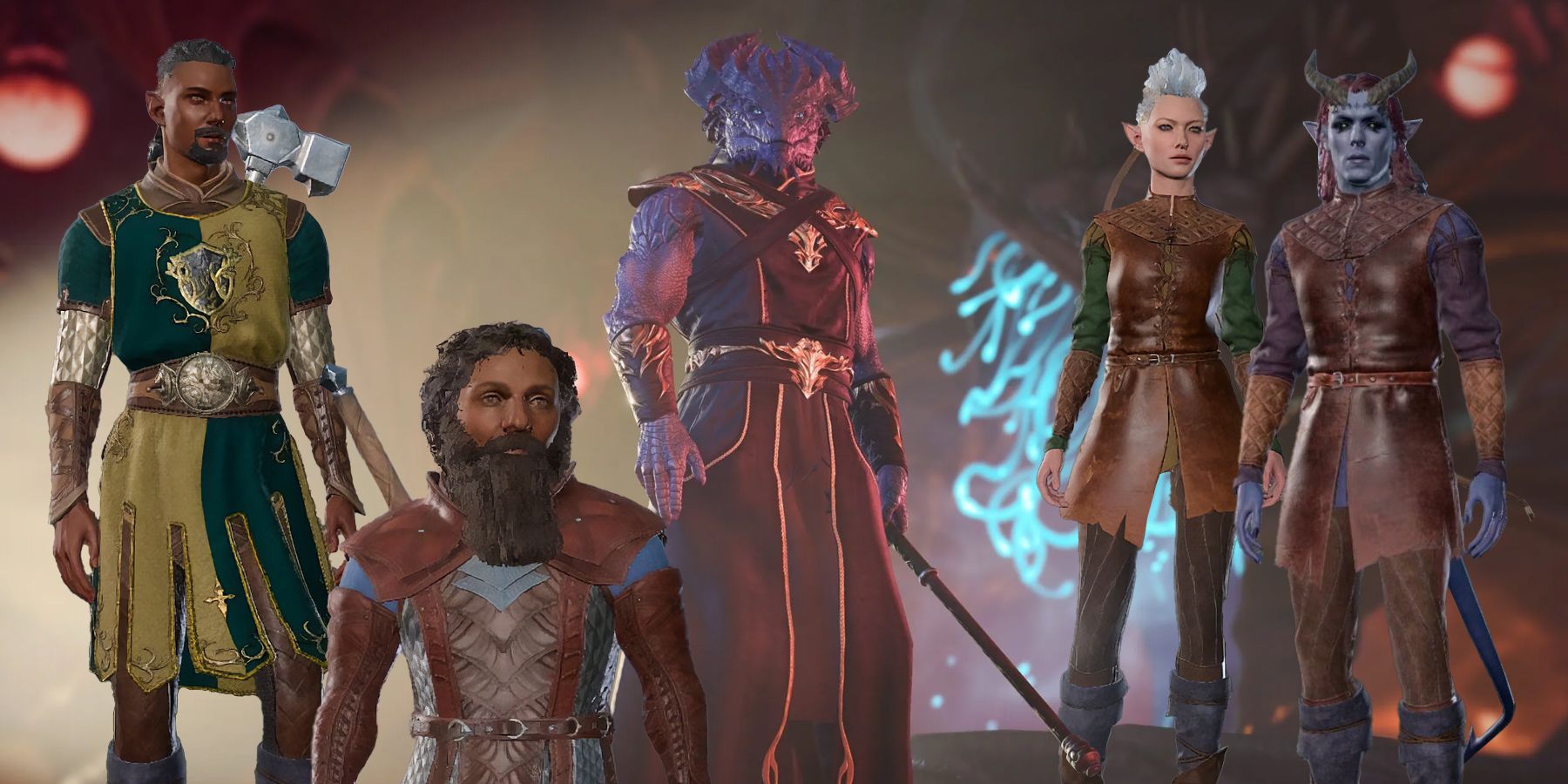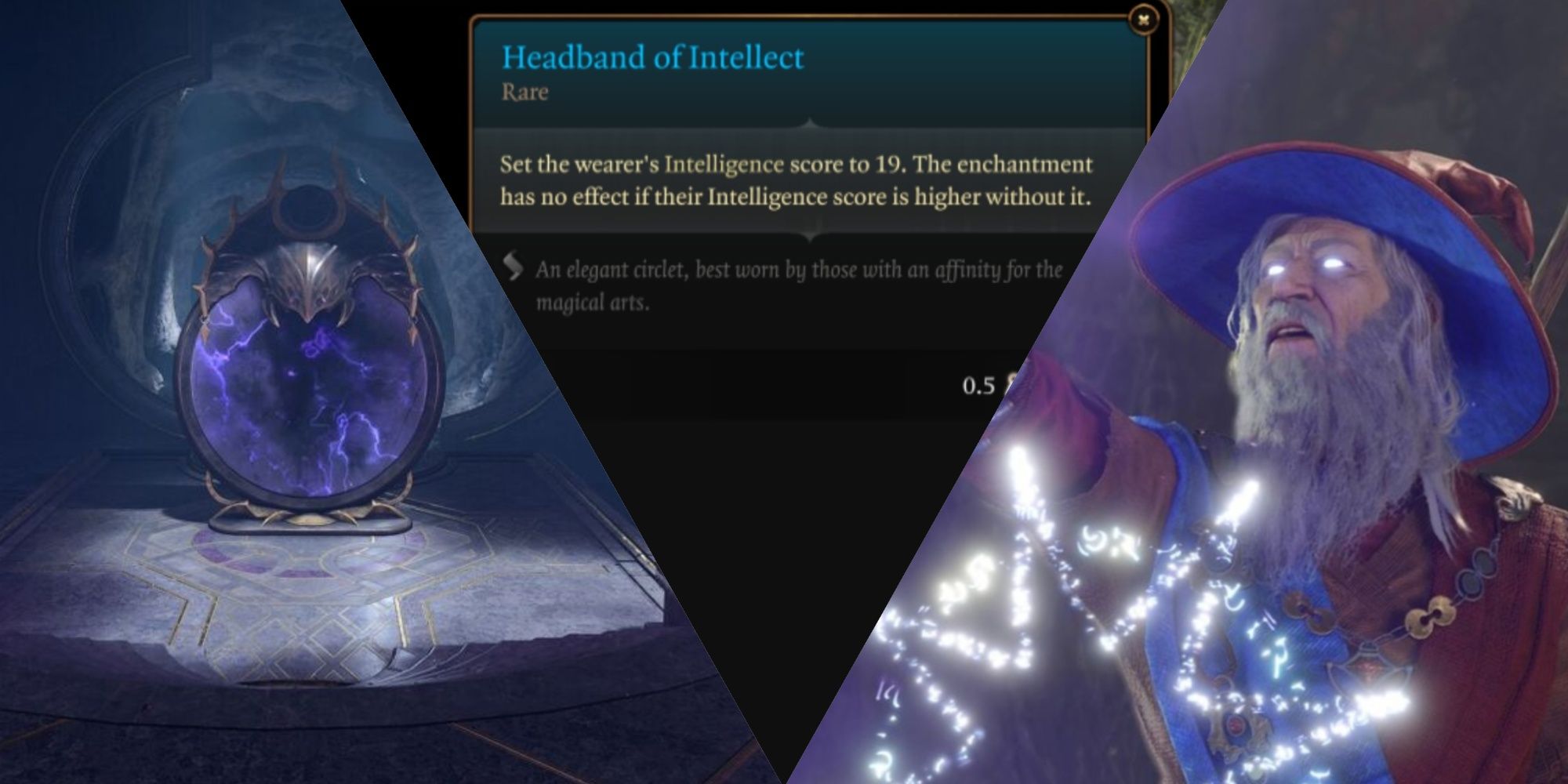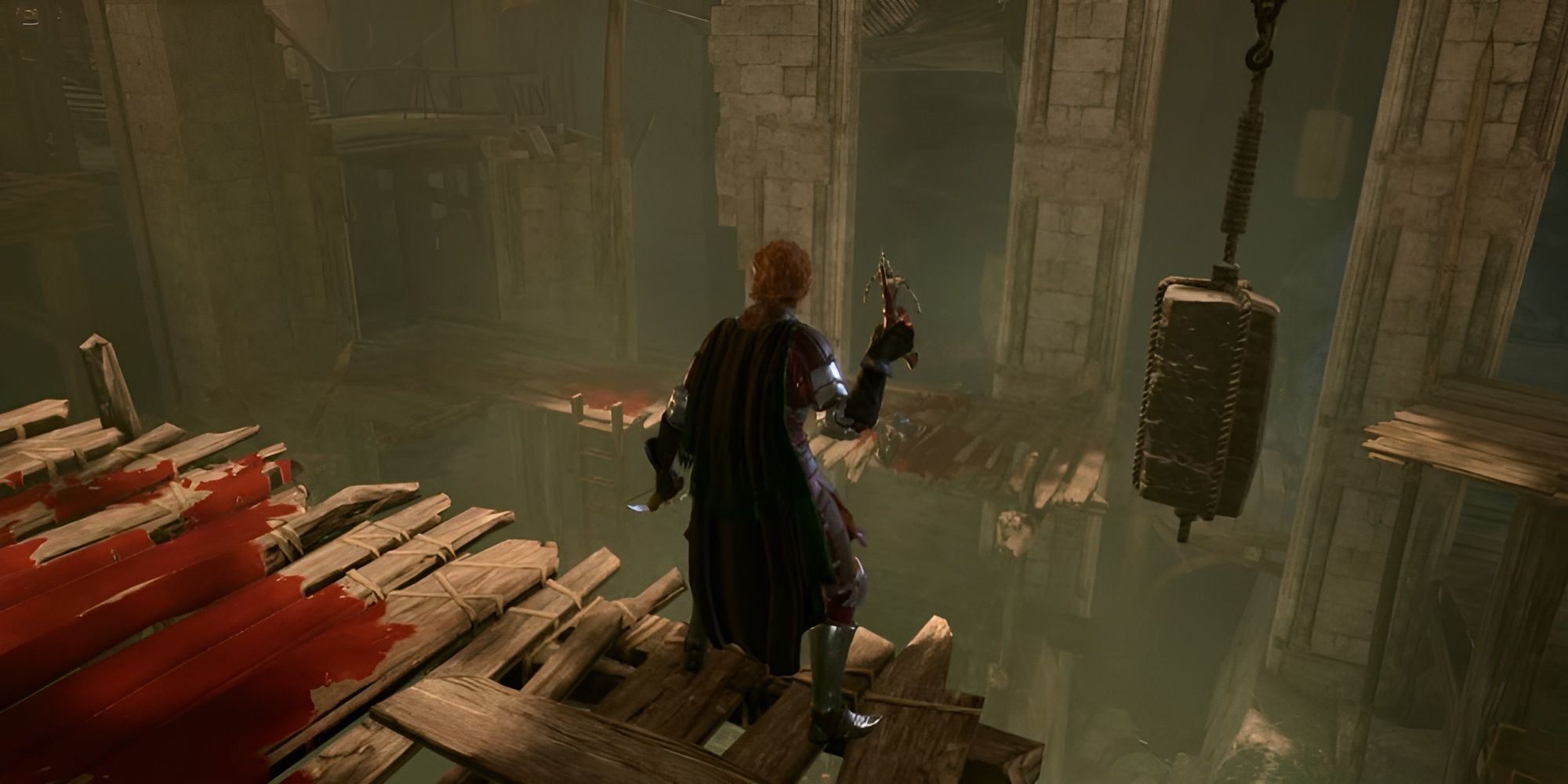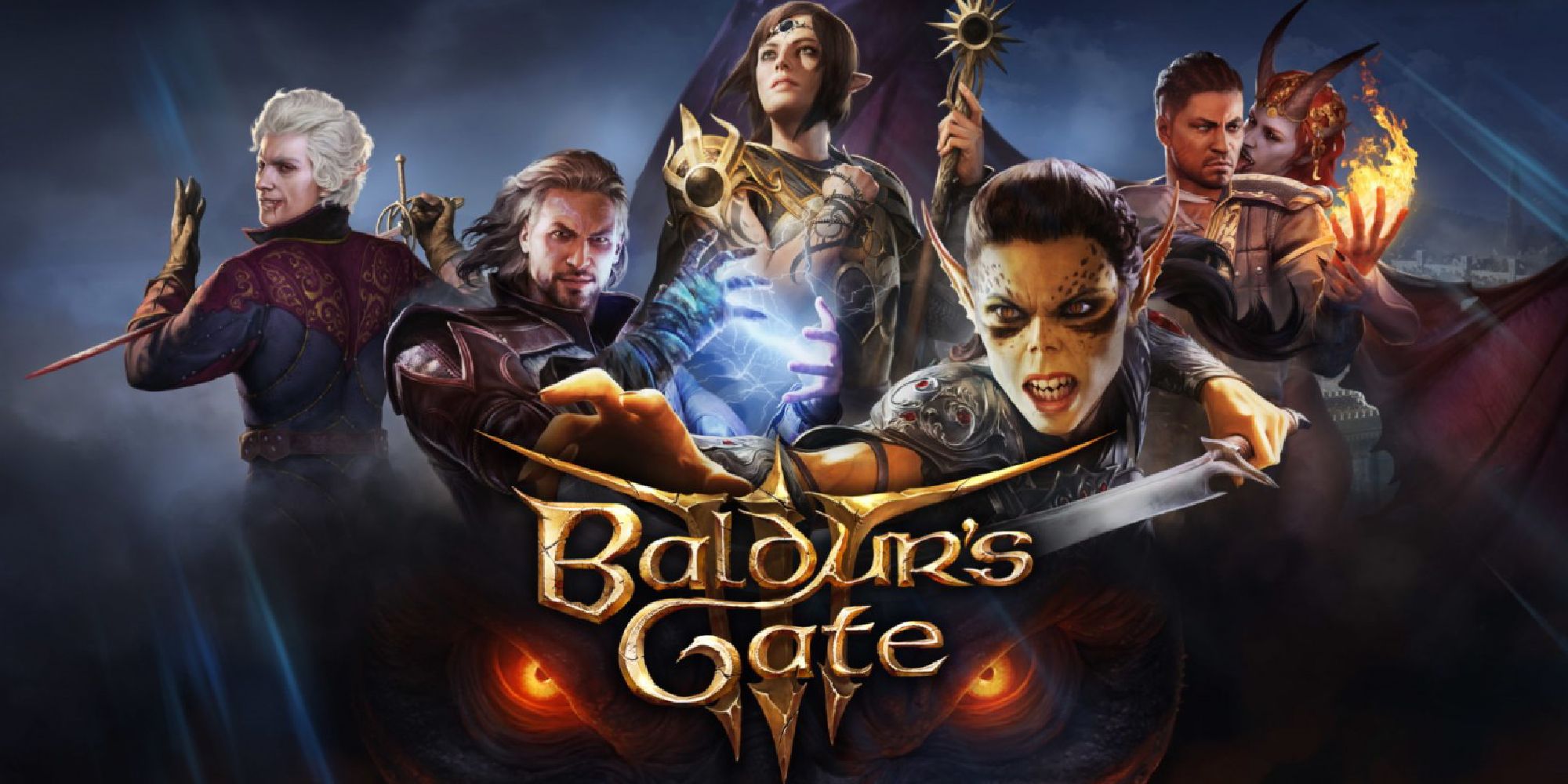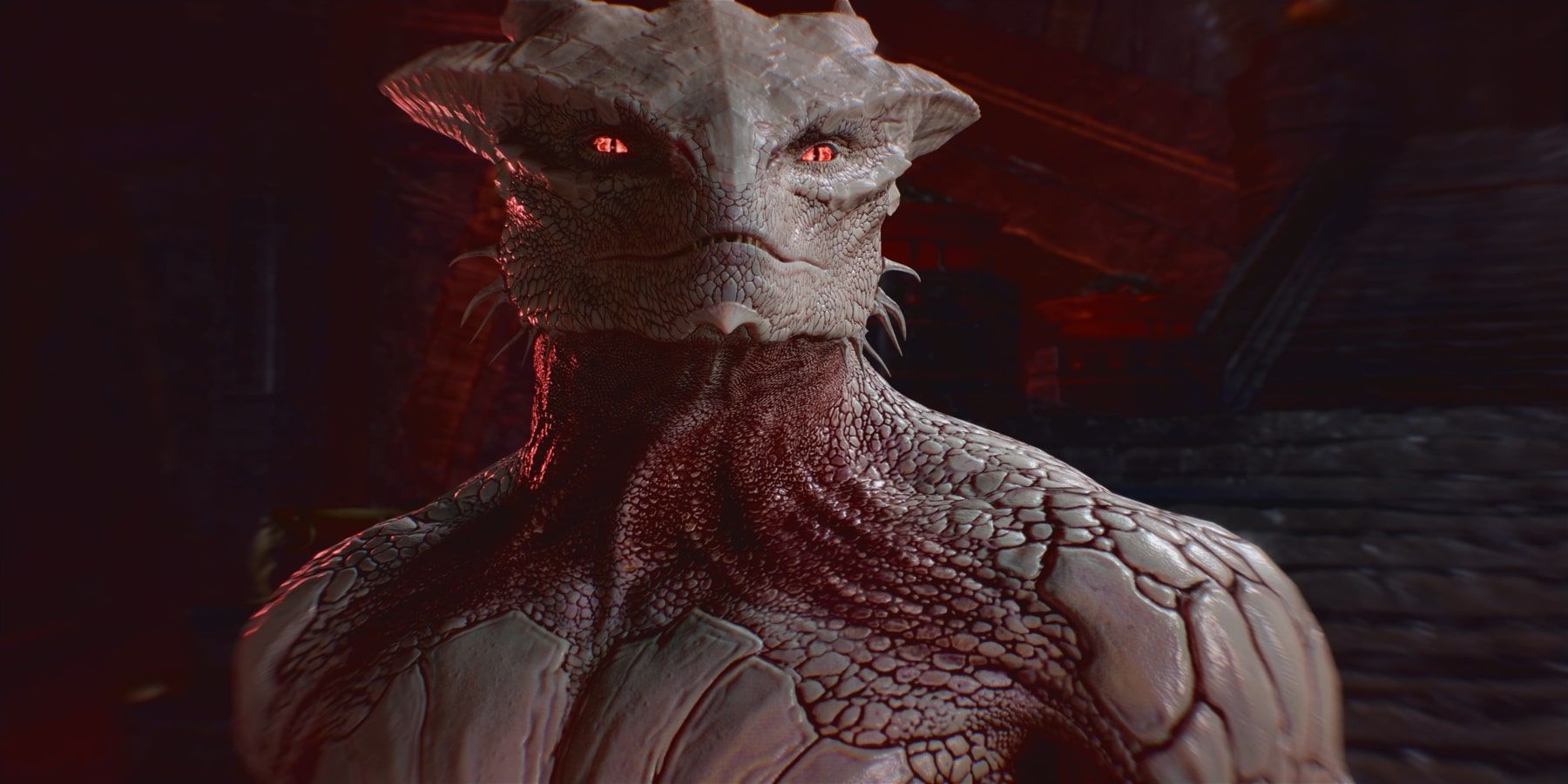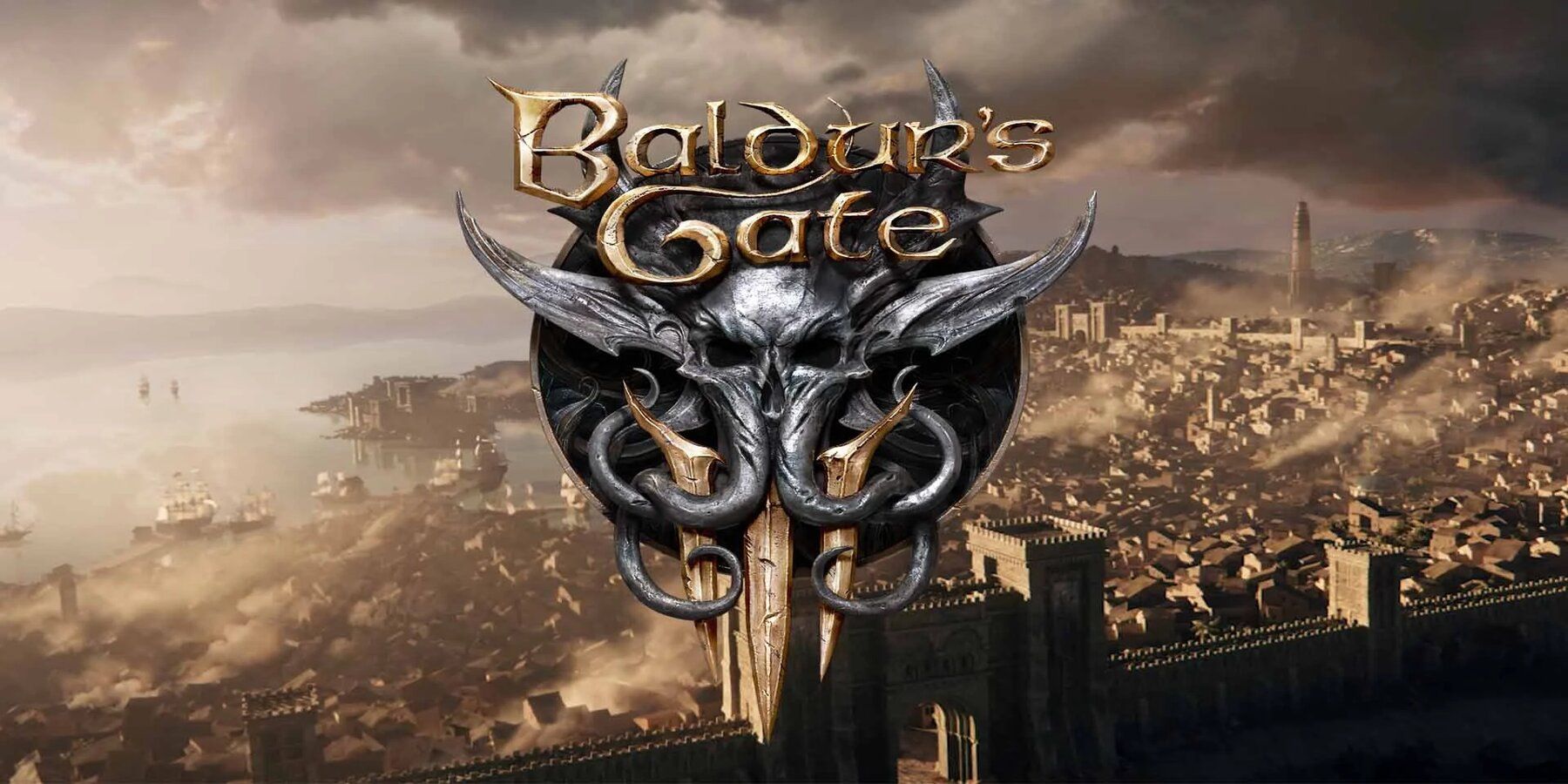After nearly three years in early access, Baldur's Gate 3 will be releasing in earnest on August 3 for PC, September 6 for PS5, and for Xbox Series X/S somewhere down the line. Someone might think that a game in early access for that long doesn't have much more to offer players, but they would be wrong. Baldur's Gate 3 is an incredibly big game, which is fitting because it packs every single little detail one would expect from a Dungeons and Dragons campaign into its runtime. Indeed, Larian Studios' new RPG realizes the dream of seeing DnD 5E's ruleset transferred to a video game format.
Across two days, Game ZXC was able to play about seven hours of Baldur's Gate 3 (5 hours on PC/2 hours on PS5) at a preview event in Ghent, Belgium. What we soon realized is that "permutation" is not just a buzzword tossed around by Larian, but a reality of the game's core conceit. Baldur's Gate 3 has hundreds of hours of content, just so that each and every player can define their own story within the world like a true Dungeons and Dragons game.
Baldur's Gate 3: PC First Impressions
The first thing players do in Baldur's Gate 3, of course, is create their character. The character creation combines all the complexities of rolling a tabletop character with a simple UI that lets players finetune everything, and the amount of choice here is near-paralyzing (in a good way). Plenty of players will spend hours within Baldur's Gate 3's Character Creation, which is well-deserved. We decided to roll a Dragonborn Warlock on this first playthrough, but between the color of our scales, the little subtleties in our eyes, horns, chin design, and more, and everything else that goes into bonafide DnD 5e character generation, it was sheer force of will that saw us leave the character creation screen.
Once players delve into the game, there are two things that ultimately stand out. First, the story hooks players immediately. Anyone who has been keeping up with the title knows it revolves around Mind Flayers slipping tadpoles into the minds of the playable character and their companions (who are recruited later), but it can quickly spiral out of control from there. Perhaps that spiral is invited by players and the choices they make, or perhaps it comes down to a dice roll. As expected, rolling dice in Baldur's Gate 3 (regardless of modifiers, advantages, disadvantages, and so forth) is just as tense and exciting as playing tabletop. A Critical Success always invites a pop from players, while a Critical Failure invites a pending sense of doom, with both leading to unforgettable moments. For example, despite our Warlock having a +7 to Persuasion, we rolled a 1 on a conflict between two of our companions. This forced us to choose who would live and die, and it's worth noting we were only in Act One.
The second immediate standout is the combat and the unfiltered presence of DnD rules. At first glance, it seems Larian took every core rule and option for Dungeons and Dragons 5E and digitized it into the game. Players have Actions, Bonus Actions, Movement Speed, and so forth, while there are options for dashes, reactions, attacks of opportunity, and disengaging. Outside of combat even, players have short rests, long rests, and a camp to return to, per the DnD Rulebooks. Of course, just like any collaborative table, Baldur's Gate 3 breaks rules in the best of ways too. Natural 1s are automatic failures in and out of combat, while Natural 20s are automatic successes. It's clear this design comes straight from experience with playing tabletop games, not just arbitrary rules in a book.
Permutations find their way into the moment-to-moment gameplay as well. It's entirely possible to miss entire sections of the game thanks to a missed passive perception check, which means returning with another character later on invites new gameplay elements. For example, we didn't notice it on our PC character, but our PS5 character realized there was something off about an innocent-looking cow in the Druid Grove. This led to us spending a lot of time trying to figure out what was going on with the cow, and in doing so, angering the Baldur's Gate 3 companion Wyll. Had we pushed on this element, we wouldn't have had Wyll in this playthrough, and we missed him in the Druid Grove on PC. He popped up later on, and just how fast or slow players take the game leads to those permutations as well.
Interacting with the Baldur's Gate 3 companions, in and outside of camp, is not only some of the most rewarding elements of the game, but in companion-based RPGs to date. While some fans weren't happy with Wyll in early access, Larian Studios has reworked large bits of his story, and learning about him, his goals, and his particular trappings were enlightening. Even though Shadowheart seems rather vanilla when compared to Karlach, the Tiefling Barbarian, or Lae'zel, the Githyanki Fighter, her story spoke to us deeply, and she quickly became one of our favorite characters. Meanwhile, Karlach has a rough exterior but a cute and playful interior, which comes out in a number of ways. Without delving into spoiler territory, we completed an important combat encounter for her which saw her rage out afterward, despite everyone being dead. So, for roughly ten turns, she just smashed her way around the area, setting everything on fire. And given that there are plenty more Baldur's Gate 3 companions to be met, in Act One and beyond, it's clear there's a little something for everyone.
Baldur's Gate 3: Playing The Dark Urge on PS5
For our PS5 playtime, we decided to roll Baldur's Gate 3's Dark Urge origin character. This character was introduced at the recent Panel of Hell, which is a hybrid between Origin Characters and Custom Characters. Origin Characters have pre-defined stories and perspectives, but are not as customizable (players get to take on the role of Karlach, Shadowheart, Astarion, and so forth). The Dark Urge comes with a pre-defined perspective: an insatiable taste for murder. Therefore, we made our Dark Urge character a Tiefling Monk.
The contradiction between a mindful monk and a blood-hungry Dark Urge was made readily apparent throughout our time with this character. We murdered Gale before ever seeing his face, killed Lae'Zel as soon as we could, and only kept Shadowheart around for a Cleric. Although the Druid Grove plays a big role in Baldur's Gate 3's Act One story, we walked in, attacked, and left nothing but bodies in our wake. Truly, whether someone wants to run a Paladin in Shining Armor or a Murder Hobo, there is nothing stopping that. It would stand to reason that there are limits somewhere in the game, but none that we found. Act One was a playground for us to realize our characters and find something new each time. We had one character explore nearby ruins and the intricacies of dungeon delving, while the other bypassed that completely and explored the wrecked Nautiloid before carrying on. In each, we found something new and of value.
Of course, what's beautiful about the Dark Urge is that players can resist it, providing another avenue of roleplaying for the game, but walking away with Gale's hand invited a deep-belly chuckle and realization that Baldur's Gate 3 makes it fun to be evil. Resisting the Urge is no doubt a fun path, but indulging in it is something not for the faint of heart, according to creative director Swen Vincke. This led to moments of pure levity, surrounded by serious issues within the world of Baldur's Gate. Just like a DnD tabletop game, how serious or how funny someone takes something is entirely up to the player, and someone may be arrested while another player is just shopping away. The sheer breadth of the game cannot be understated.
Baldur's Gate 3: Permutation is Not Just a Buzzword
During a hands-off section of the event, creative director Swen Vincke showed us a plethora of other permutations and choices further into the game. Some of this was shown in the recent Panel of Hell, such as the Harper vs. Absolute choices, but others were not. For example, we saw several camp triggers that could lead to companions being abandoned out of the blue or players being forced with impossible choices just as they decide to rest. Orin the Red, played by Lady Dimistrescu actor Maggie Robertson, is a shape-shifter who could take the form of innocent-seeming children, companions, and more - just to test the player and their alliances. One saw us believing Orin to be a companion and how we responded to that could impact the overarching course of the story, as well as the companion.
Another involves a quest within the walls of the city, where players had to investigate a serial killer. Murder in Baldur's Gate is effectively a pastime, after all. This quest, according to lead writer Adam Smith, was one of the "biggest headaches" he's ever had. This is because there are a dozen ways to begin this quest: discovering any of the murder scenes, the order in which they are discovered, whether an investigator is there or not (or if the investigator is alive because players can kill him), whether players stumble upon an active murder, and so forth. The investigation leads to more bodies, various pieces of evidence, and locations players would "never imagine," with it taking players deep under Baldur's Gate. And, within each of those spheres, are the various skills and abilities players have to do all of this.
The permutations are not just limited to doom and gloom, however. One section of the Hands-off preview saw players visit a circus within Baldur's Gate and meet with a Djinni. This Djinni lets players roll for a lottery, in which they can lose and move on. However, a passive perception check or some digging around can figure out how the Djinni has rigged the game. There are plenty of outcomes depending on the uncovered information. One outcome of this quest saw a companion polymorphed into a cheese wheel, while another teleported a player, solo, to a dinosaur-filled realm.
Baldur's Gate 3: Differences Between PC and PS5
It's worth noting Baldur's Gate 3 is very much a CRPG at its core and, as a result, plays best on PC. The myriad abilities of each class, race, party character, and standard DnD actions work well as hot keys within a hot bar, and this works via a command wheel on PS5. The problem is that one command wheel essentially leads to three, and while each of these command wheels can be personalized to player choice, the overload of options is charming on PC but a little clunky on PS5. However, it's not so clunky that'll harm the game in the long run; it's likely to be a huge learning curve though.
On PC, character movement is controlled by mouse clicks, but on PS5, players have closer control of their characters outside combat with the analog stick. This feeling of control over the character is a nice exchange for mouse clicks and could bond players to their character even more. While there are plenty of other small changes, such as menu navigation, the use of command wheels and control of the character make the biggest distinction in how players will experience Baldur's Gate 3 on PS5.
What's clear is that Baldur's Gate 3 is going to be a critical success dice roll among many fans, both in and outside the tabletop sphere, because it puts the player first. The story, the romance, the abilities, the choices, and everything about Larian Studios' title is player-driven, with the studio clearly working hard to ensure that a plethora of options hides in the background and is ready to react to every single choice a player can make. No two Baldur's Gate 3 playthroughs can be alike, and that speaks volumes when it comes to representing its player base.
Baldur’s Gate 3 releases on August 3 for PC and September 6 for PS5. An Xbox Series X/S version is in development.

